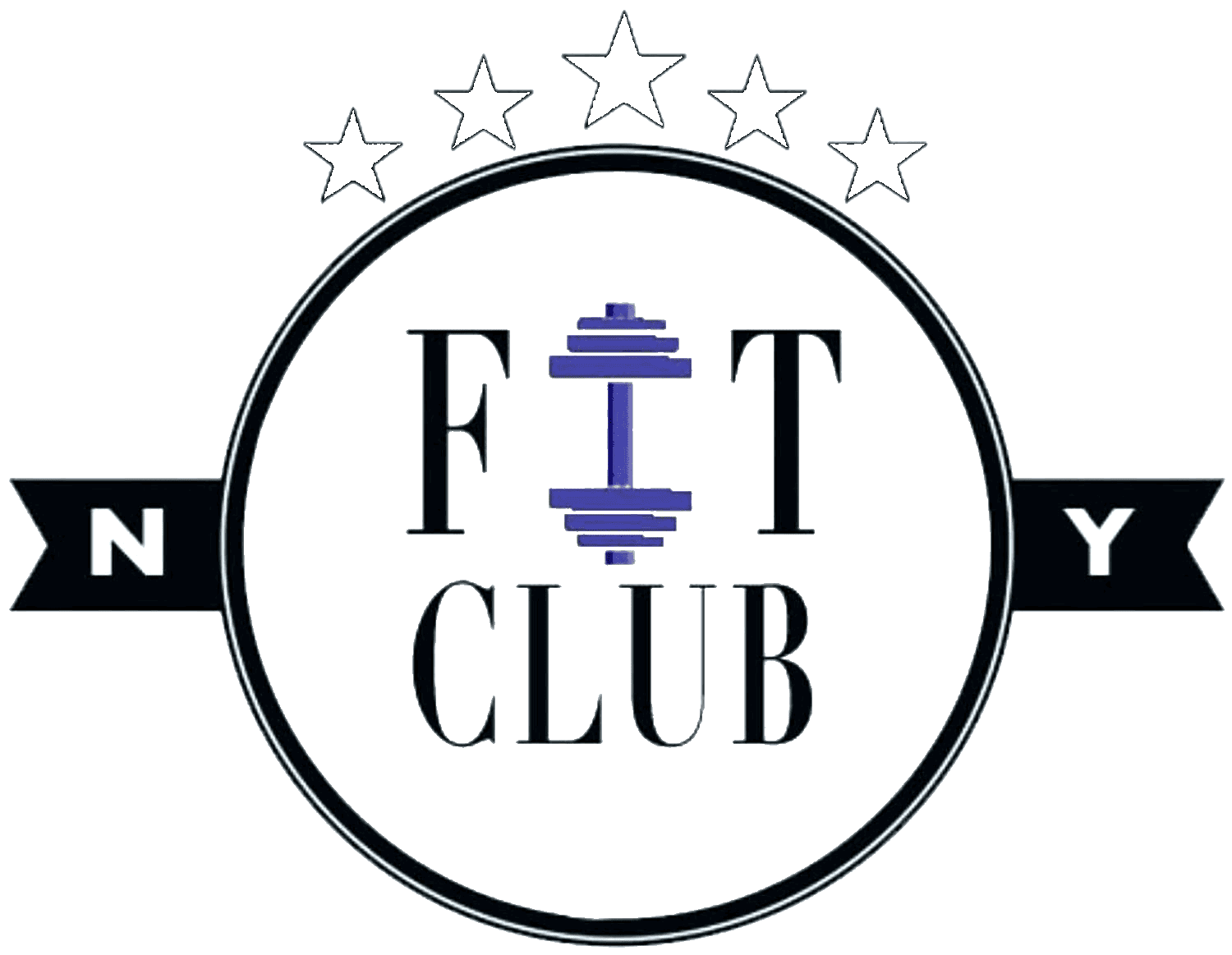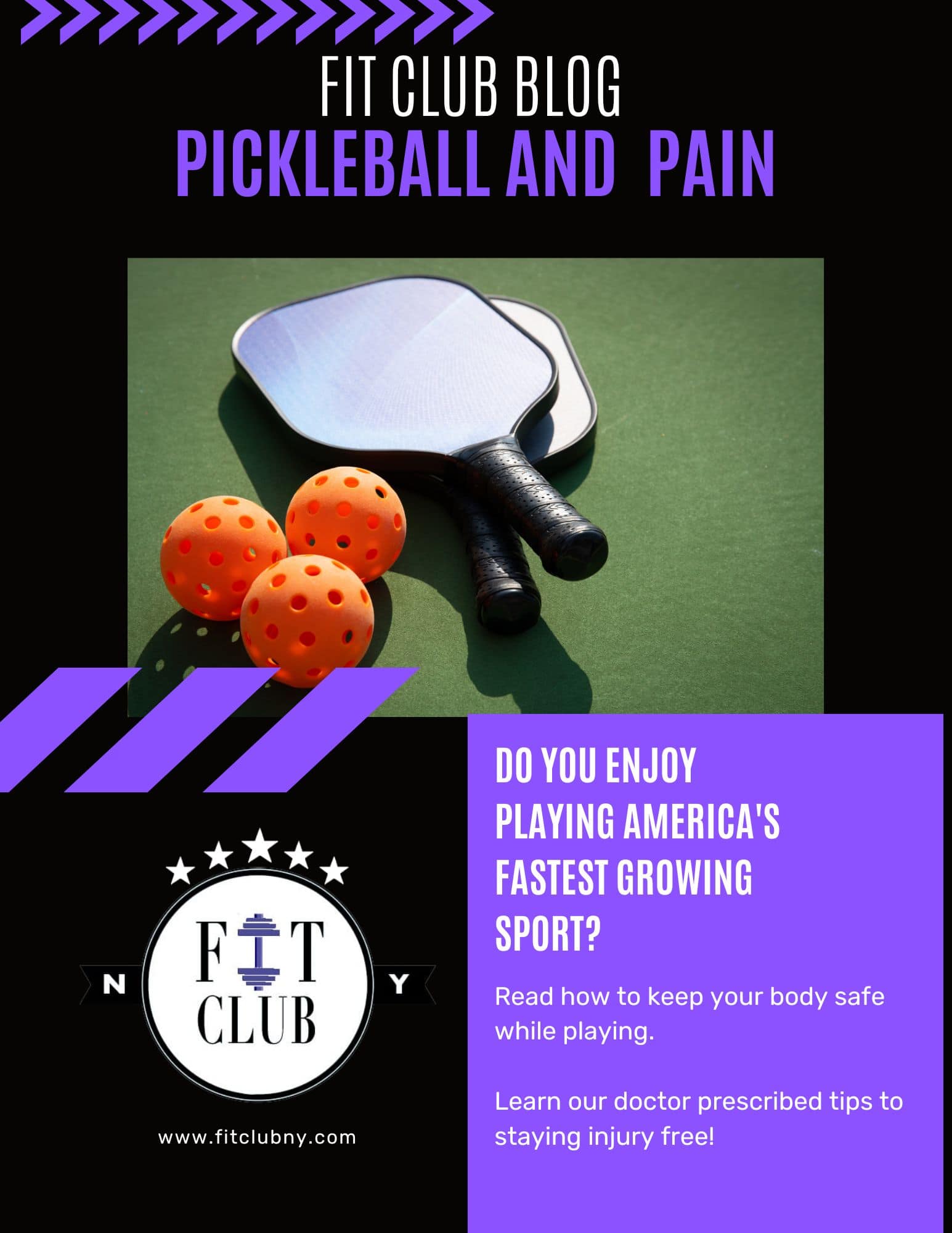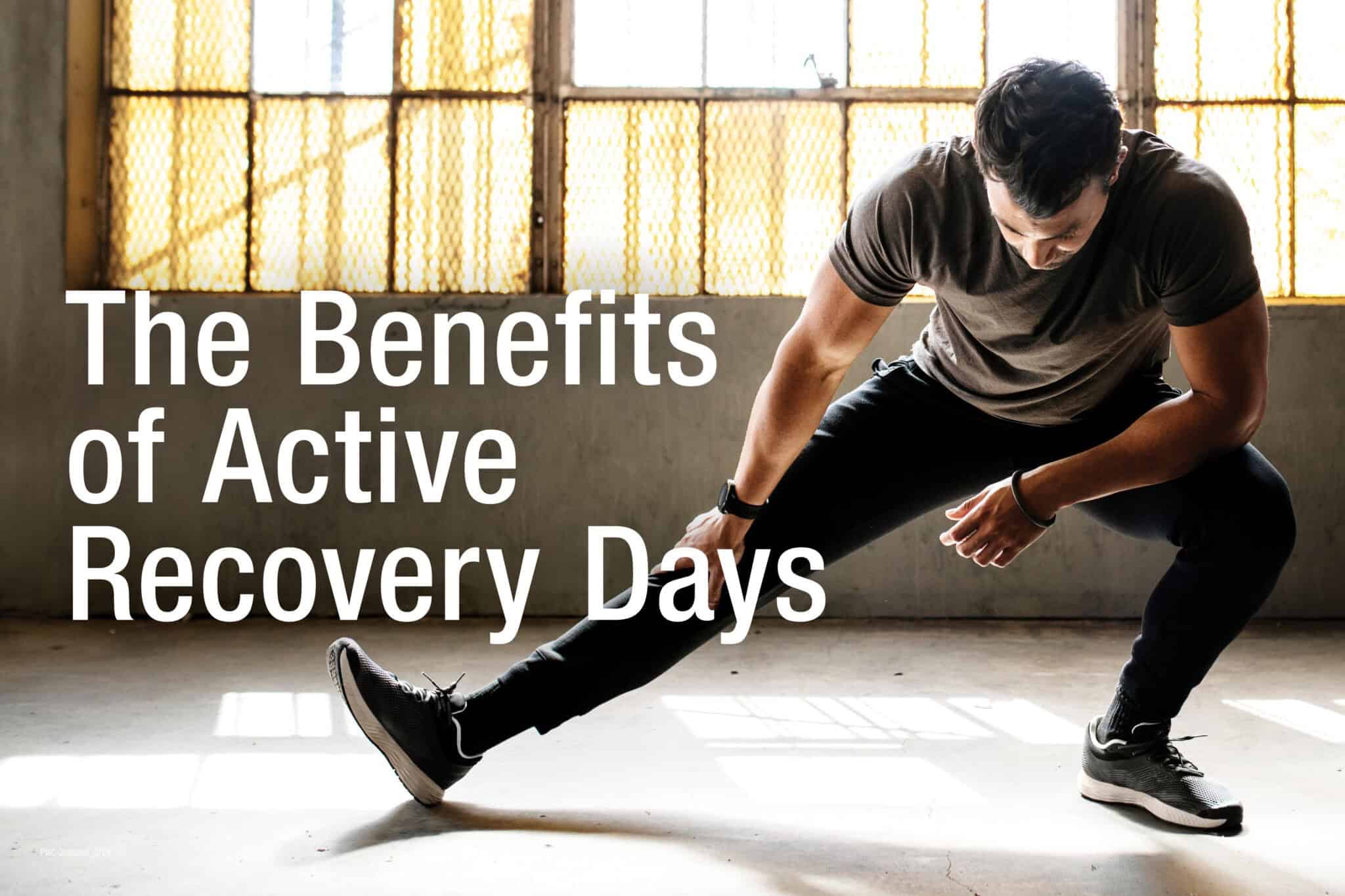
All athletes can agree that no matter what sport you play, having an injury stinks! An injury prevents you from participating in the sport or activity you love, and that’s no fun. Many athletes try to play through pain, which can sometimes lead to further injury, making things worse. Physical therapy helps athletes get back in the game with decreased pain, improved strength, and function. It benefits the athlete to have effective physical therapy for a full recovery, including injury prevention.
You don’t need to have a severe injury to work with a physical therapist. The rehabilitation and treatment involve movement screens, pain reduction, and muscle strengthening by using exercise science for athletes to prevent injuries from happening before they present themselves. This post will highlight the importance of sports physical therapy for athletes regardless of their sport of choice.
Do Athletes Need Physical Therapists?
The short answer? Yes! And here’s why.
Improved Range of Motion
Each joint has a normal expected range of motion. Sometimes our joints can get restricted, and that range of motion can also affect muscle performance. Usually, prior injuries (ankle sprains) and poor movement patterns can add stress to our joints, and faulty movements can lead to a breakdown.
Physical therapists can help treat and address your range of motion to help you move more fluidly as an athlete. Joint mobilizations and active mobility drills such as C.A.R.s (controlled articular rotations) are added to the treatment plan to help athletes get into their end ranges of available motion. Focusing on exercises involving the body’s full range of motion, WHILE also challenging these end ranges, allow athletes to become stronger and more mobile over time. This leads to improved overall health and athletic performance. As part of the screening of athletes in the preseason, we look for asymmetries such as a reduced range of motion and/or muscle imbalances specific to one side of the body. A sports physical therapist will point these out and focus on improving the balance between sides to prevent a sports injury from occurring.
Improved Coordination
Hand-eye and foot-eye coordination are crucial in every sport. Coordinating multiple joints while moving in different planes is a prerequisite for any athlete. The best athletes benefit from consistent training of coordination drills to perform at optimal levels.
Even though coordination is vital in sports, there is little sports medicine data and research on the topic compared with strength training. However, good coordination continues to benefit athletic performance by improving balance, reducing rates of injury, and helping individuals age effectively and safely.
The brain plays a major role in coordination. Our cerebellum is the main processing center for hand-eye movement and foot-eye movement. This is where our sensory cells provide information to the brain to help fine-tune our movements. Some of these sensory cells are our proprioceptive cells.
Proprioception is your body’s ability to tell where it is in space. We have special cells that send this information to the brain. Athletic injuries can reduce this ability in these cells. This means that prior injury can reduce your coordination! Proper rehabilitation programming by a trained sports physical therapist is essential to ensure that we improve these levels to a normal baseline. Still, we can practice training these sensory cells to help athletes reduce the risk for injury and improve coordination.

What Do Physical Therapists Do For Athletes?
What does physical therapy look like for athletes? It starts with a thorough evaluation of the entire body and system. We assess medical history, prior training history, along with previous sports injuries, mobility, motor control, and muscles strength/endurance. We then develop a treatment plan to reduce pain, improve range of motion, strength, coordination, and prevent future injury. We address the needs of the athlete’s specific sport and make sure to program-specific exercises based on their needs for a full recovery.
Book a Session Today!
If you are looking to get back in the game following an injury, make sure to contact providers who understand your sport and push you to higher levels of strength and endurance! Walking and going upstairs is great for everyday functional activities, but athletes need to run, jump, and land with good form and strength to perform at peak levels.
Our team of specialists does exactly that! At Fit Club, we work with the active population here in NYC to get them back to 100%. If you would like to have a conversation with our team, email or call us today for an appointment!


